Martin Minnoni
Brief survey of Mobility Analyses based on Mobile Phone Datasets
Dec 03, 2018



Abstract:This is a brief survey of the research performed by Grandata Labs in collaboration with numerous academic groups around the world on the topic of human mobility. A driving theme in these projects is to use and improve Data Science techniques to understand mobility, as it can be observed through the lens of mobile phone datasets. We describe applications of mobility analyses for urban planning, prediction of data traffic usage, building delay tolerant networks, generating epidemiologic risk maps and measuring the predictability of human mobility.
Comparison of Feature Extraction Methods and Predictors for Income Inference
Nov 13, 2018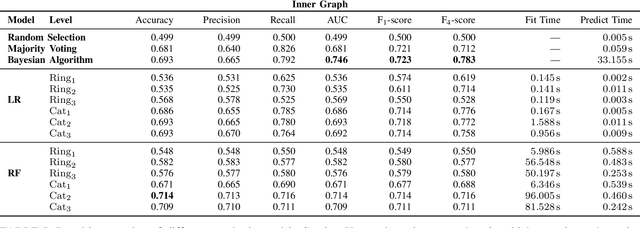
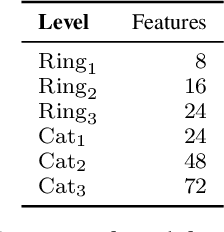
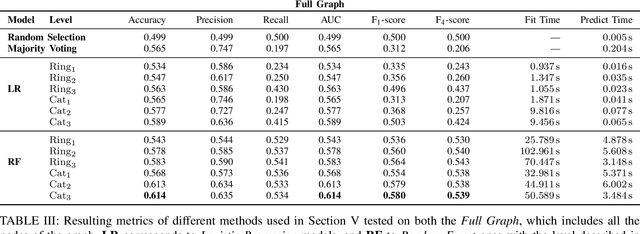
Abstract:Patterns of mobile phone communications, coupled with the information of the social network graph and financial behavior, allow us to make inferences of users' socio-economic attributes such as their income level. We present here several methods to extract features from mobile phone usage (calls and messages), and compare different combinations of supervised machine learning techniques and sets of features used as input for the inference of users' income. Our experimental results show that the Bayesian method based on the communication graph outperforms standard machine learning algorithms using node-based features.
A Bayesian Approach to Income Inference in a Communication Network
Nov 10, 2018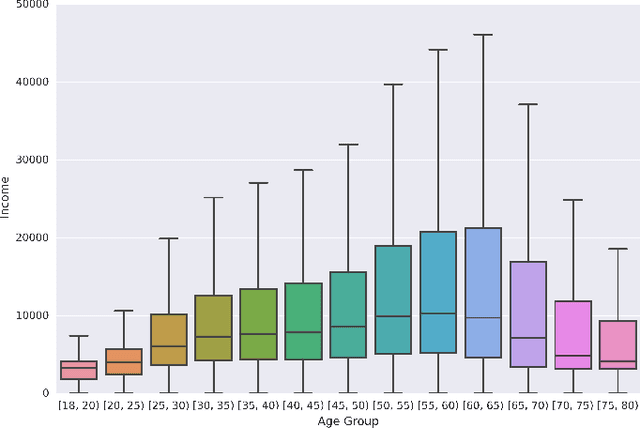
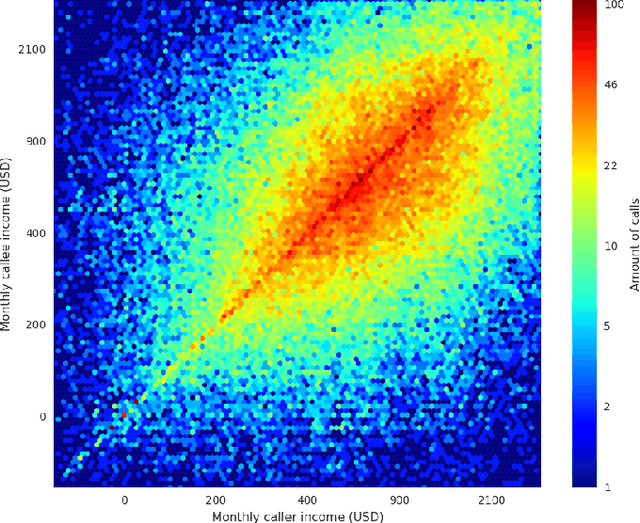
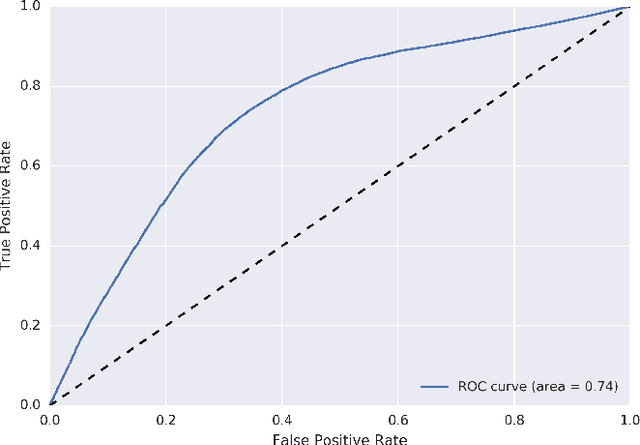
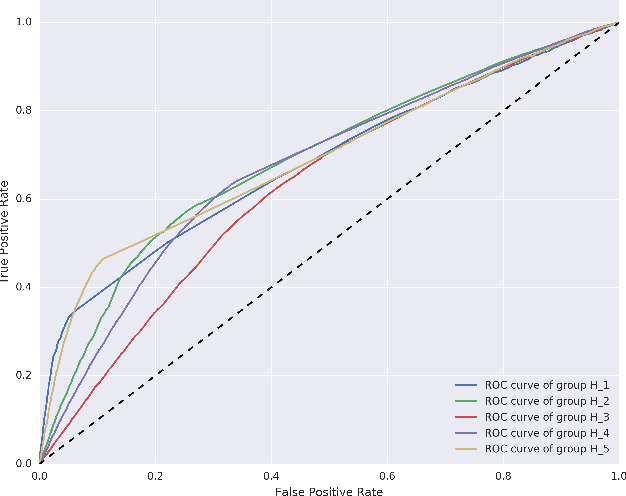
Abstract:The explosion of mobile phone communications in the last years occurs at a moment where data processing power increases exponentially. Thanks to those two changes in a global scale, the road has been opened to use mobile phone communications to generate inferences and characterizations of mobile phone users. In this work, we use the communication network, enriched by a set of users' attributes, to gain a better understanding of the demographic features of a population. Namely, we use call detail records and banking information to infer the income of each person in the graph.
Uncovering the Spread of Chagas Disease in Argentina and Mexico
Aug 09, 2018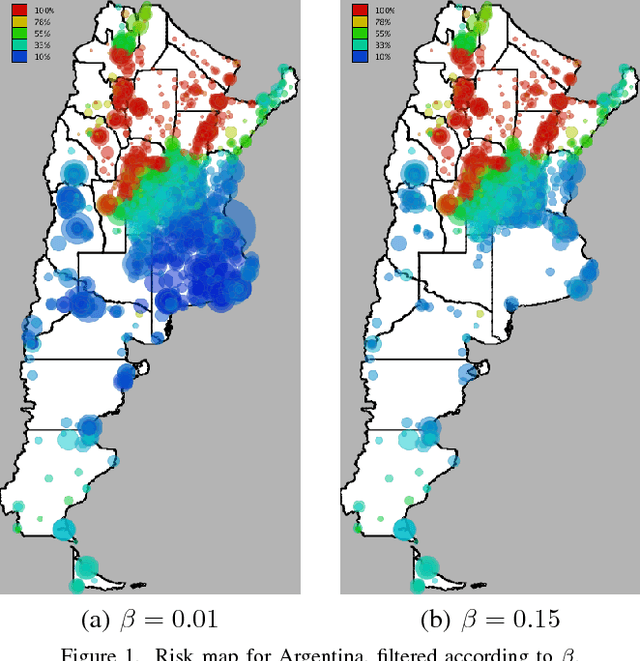

Abstract:Chagas disease is a neglected disease, and information about its geographical spread is very scarse. We analyze here mobility and calling patterns in order to identify potential risk zones for the disease, by using public health information and mobile phone records. Geolocalized call records are rich in social and mobility information, which can be used to infer whether an individual has lived in an endemic area. We present two case studies in Latin American countries. Our objective is to generate risk maps which can be used by public health campaign managers to prioritize detection campaigns and target specific areas. Finally, we analyze the value of mobile phone data to infer long-term migrations, which play a crucial role in the geographical spread of Chagas disease.
Prepaid or Postpaid? That is the question. Novel Methods of Subscription Type Prediction in Mobile Phone Services
Jun 30, 2017



Abstract:In this paper we investigate the behavioural differences between mobile phone customers with prepaid and postpaid subscriptions. Our study reveals that (a) postpaid customers are more active in terms of service usage and (b) there are strong structural correlations in the mobile phone call network as connections between customers of the same subscription type are much more frequent than those between customers of different subscription types. Based on these observations we provide methods to detect the subscription type of customers by using information about their personal call statistics, and also their egocentric networks simultaneously. The key of our first approach is to cast this classification problem as a problem of graph labelling, which can be solved by max-flow min-cut algorithms. Our experiments show that, by using both user attributes and relationships, the proposed graph labelling approach is able to achieve a classification accuracy of $\sim 87\%$, which outperforms by $\sim 7\%$ supervised learning methods using only user attributes. In our second problem we aim to infer the subscription type of customers of external operators. We propose via approximate methods to solve this problem by using node attributes, and a two-ways indirect inference method based on observed homophilic structural correlations. Our results have straightforward applications in behavioural prediction and personal marketing.
 Add to Chrome
Add to Chrome Add to Firefox
Add to Firefox Add to Edge
Add to Edge